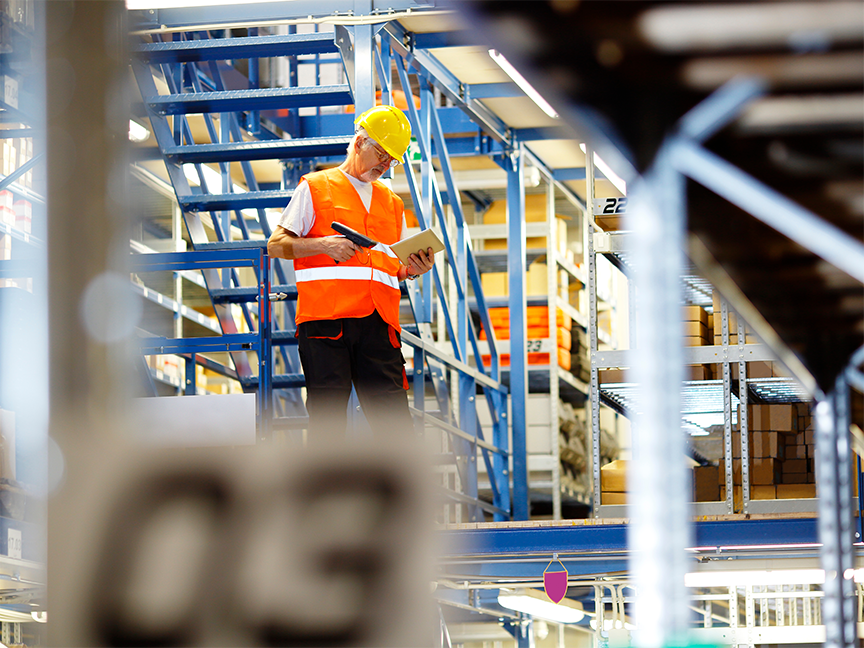
For ages, the human mind has struggled with the difficulty of accepting change. The wheel, electricity, the automobile: all had their denialists.
Today, the attachment to tribal ways continues to exist within the modern workforce. The legacy systems in which companies and supply chains invested so much over the decades, and which they can’t seem to give up, have put many well behind the times.
A parallel can be seen in the early 2000s, when banks found themselves weighted down by old technologies. The situation created a sense of uncertainty that the industry and government hadn’t experienced for a generation or more.
This same fear now resides in supply chains. E-mail, spreadsheets, phone calls and other labor-intensive methodologies still dominate our way of doing business. We’re using 20th-century solutions to solve 21st-century challenges. But the turmoil of the last two years has shown that our reliance on antiquated practices is not sustainable.
Forwarders, shippers, carriers, third-party logistics providers — indeed, all of the links in the supply chain —must begin to adopt technologically advanced solutions to stave off disruptions and combat those that are beyond our control. But while the notion of replacing all our old software and technologies seems simple on paper, actual execution is far more complex, thanks to the human factor.
Read the Full Article